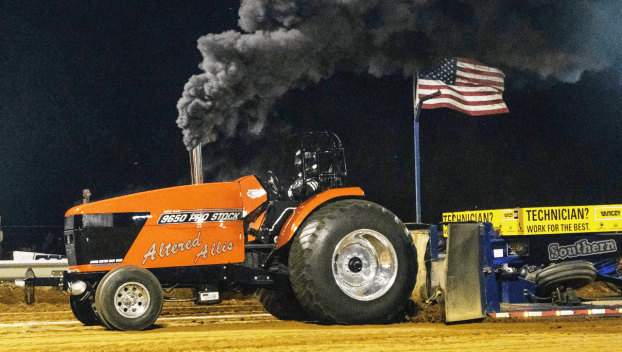News
Electric tractor brings West Coast change to East Coast agriculture
By Persephone Taylor Special to The Moultrie Observer MOULTRIE – Agriculture is a major economic driver in the ... Read more
By Persephone Taylor Special to The Moultrie Observer MOULTRIE – Agriculture is a major economic driver in the ... Read more

By Kendrick Givens Special to The Moultrie Observer MOULTRIE – A giant leap in technology has the possibility ... Read more

MOULTRIE — The Sunbelt Agricultural Exposition will celebrate its 46th Anniversary show Oct. 15-17 at Spence Field in ... Read more

MOULTRIE, Ga. — Colquitt County government will hold a scrap tire amnesty event Jan. 20 and 21. This ... Read more

TIFTON, Ga. — Trucks and tractors of all shapes and sizes will rev their engines and roar down ... Read more

DOERUN, Ga. — The Doerun Boosters will be hosting the 40th Anniversary Doerun May Day Festival, Friday and ... Read more
TIFTON, Ga. — Visitors can enjoy a celebration of the rich, rural heritage of South Georgia during the ... Read more
MOULTRIE, Ga. — Colquitt County Coroner Veryln Brock identified 91-year-old Colin White as the man who died Tuesday ... Read more
Berlin Police Department Arrests • Luciano Guemez, 56, 2607 Pleasant Hill Church Road, Pavo, was charged November 23 ... Read more
GROVETOWN, Ga. — Georgia farmers already weathering crop shortages from a deep freeze during the spring could face ... Read more